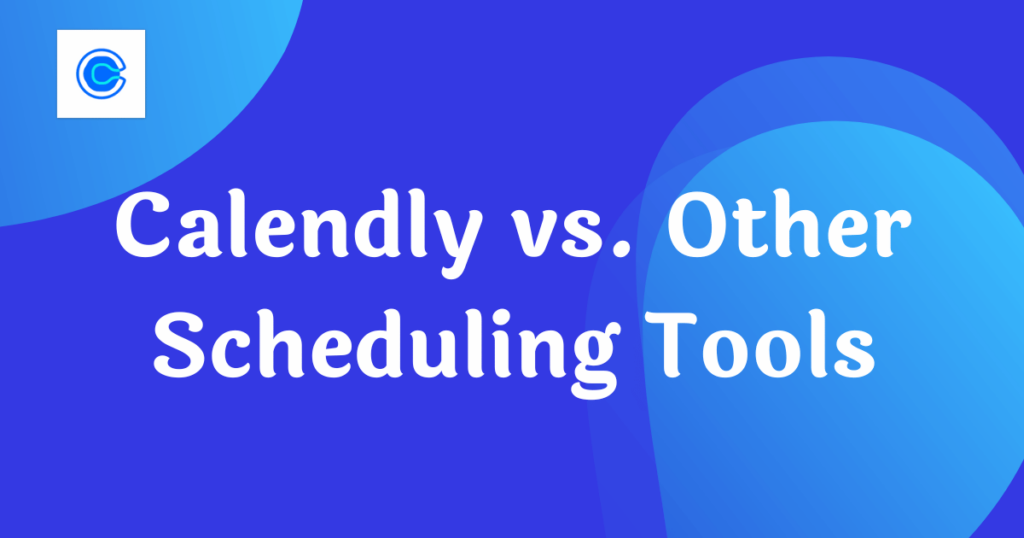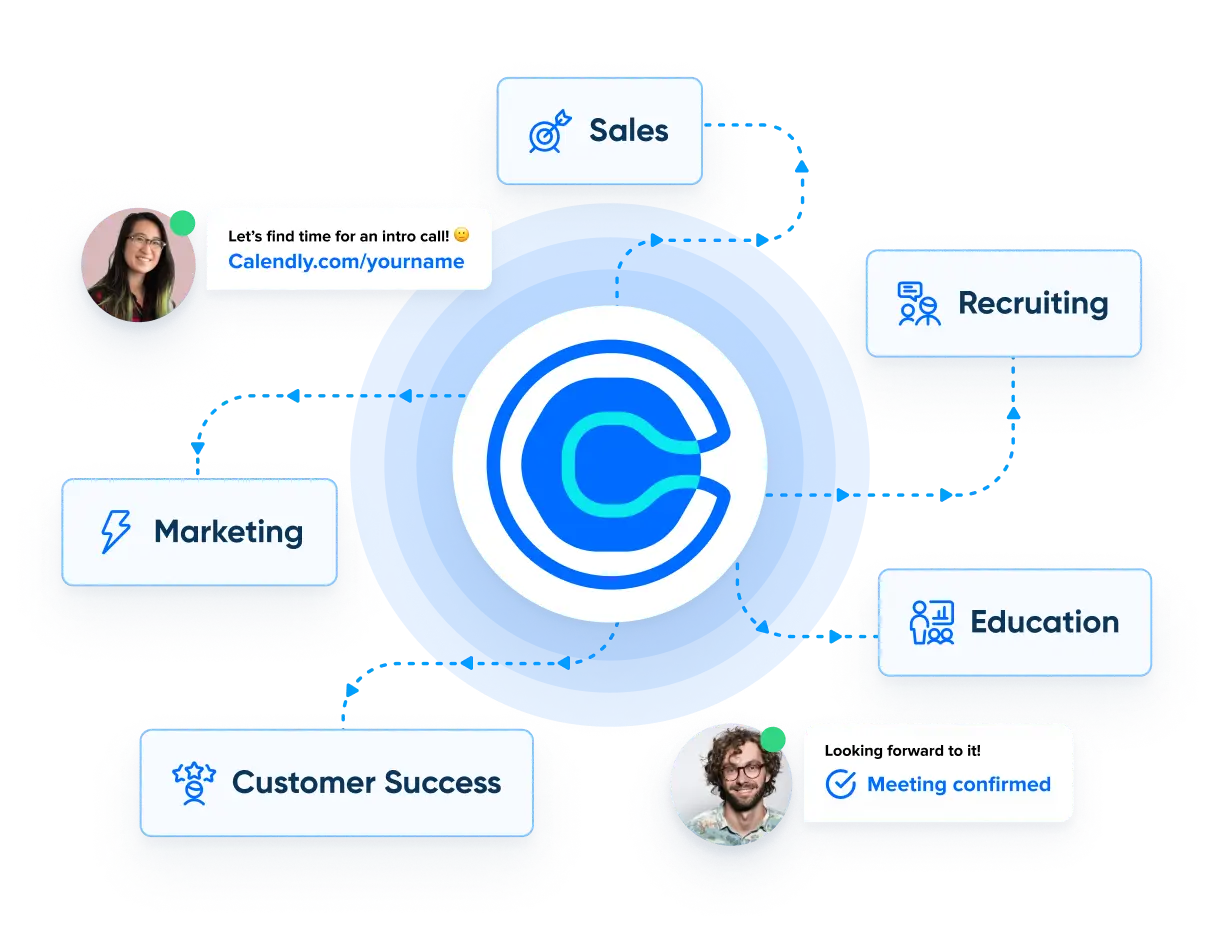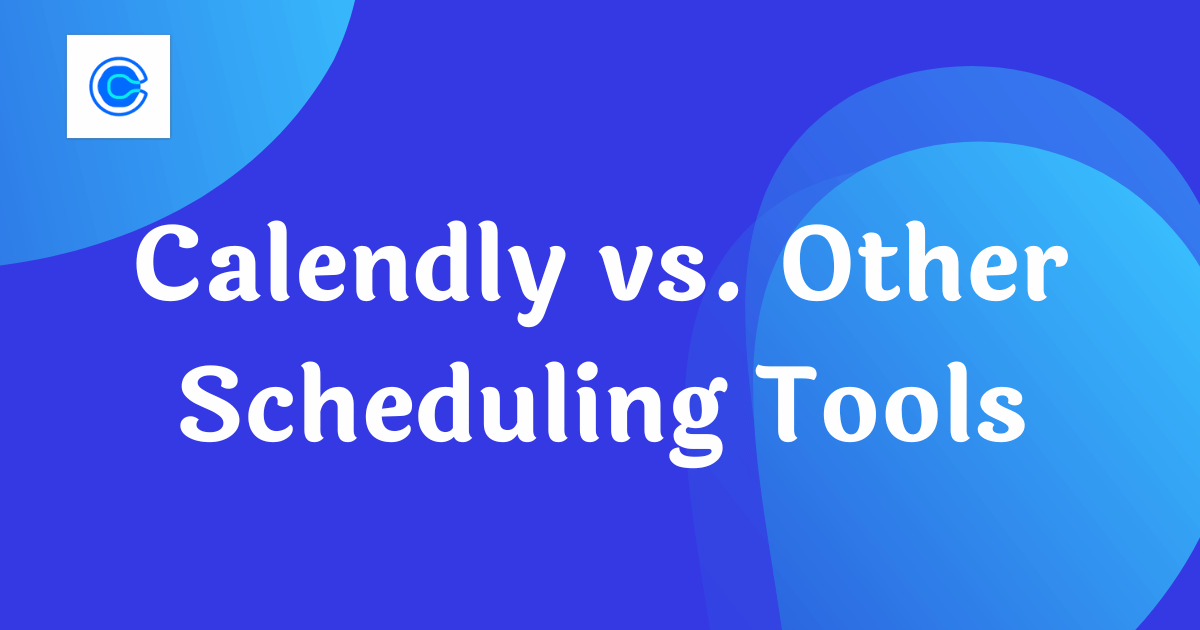Managing our time efficiently has become more critical than ever. Whether you’re a busy professional trying to balance work and personal life or a small business owner juggling multiple appointments, scheduling tools can be a game-changer.
Today, we’re diving into the world of scheduling tools, focusing on Calendly and its competitors. By the end of this article, you’ll have a clear picture of which tool might be the perfect fit for your scheduling needs.

Section 1: Understanding the Basics
Scheduling tools are like your personal assistant, helping you plan your day with ease. They work by letting you share your availability and allow others to book time slots that work for both parties. Think of it as a digital calendar that automates the process, saving you time and reducing scheduling headaches.
Calendly, one of the most popular scheduling tools, simplifies this process with its user-friendly interface and customization options. But hold on – there are other options out there that might suit you even better!

More Bookings. More Revenue. Less Chaos with Calendly.
Calendly Setup – We configure your system so every lead lands with the right rep.
Smart Automations – ollow-ups, reminders, and handoffs run themselves.
Clean Workflows – We cut messy steps so your team’s day flows smooth.
Section 2: Calendly – The Pros and Cons
Calendly’s strengths lie in its simplicity. It’s incredibly easy to set up, and its intuitive interface makes it a breeze for both you and your clients to use. You can personalize your scheduling link, integrate it with your preferred calendar (like Google or Outlook), and let it do the rest.
However, there are a few drawbacks. Calendly’s free version has some limitations, and its pricing structure might not suit everyone. Plus, if you’re looking for advanced features like group scheduling or more detailed customization, you might need to explore other options.
Section 3: Alternatives to Calendly
While Calendly is fantastic, it’s not the only fish in the sea. Alternatives like Doodle, Acuity Scheduling, and ScheduleOnce offer their unique features and pricing structures. Doodle, for instance, excels in its simplicity and is perfect for basic scheduling needs.
Acuity Scheduling, on the other hand, is ideal for service-based businesses, thanks to its ability to manage appointments, classes, and workshops. ScheduleOnce is a great choice if you require more advanced features and team collaboration tools. Your choice depends on your specific needs and objectives.
Section 4: Key Factors for Decision-Making
Choosing the right scheduling tool isn’t a one-size-fits-all decision. It depends on what you need, who you’re working with, and how much you’re willing to invest. Consider factors like your scheduling needs (basic or complex), team collaboration requirements, and your budget.
It’s essential to prioritize features that align with your objectives. If you’re a solopreneur, you may not need all the bells and whistles, whereas a growing business might require more advanced functionalities.
Section 5: User Experiences and Reviews
What better way to gauge a scheduling tool’s effectiveness than by hearing from people who’ve used them? Real-life user experiences can provide valuable insights. Some users love Calendly’s simplicity, while others might find it lacking in certain aspects.
Similarly, alternative tools have their own set of satisfied and dissatisfied users. Reading these reviews can help you understand how each tool performs in real-world scenarios and guide your decision-making.
Section 6: Integration and Compatibility
Scheduling tools should seamlessly fit into your existing workflows. Calendly does a decent job of integrating with popular calendars and apps, but it’s essential to check if it aligns with your specific needs.
For instance, if your business relies heavily on specific software, you’ll want to ensure your chosen scheduling tool plays nicely with those apps. A smooth integration can significantly enhance your productivity.
Section 7: Pricing and Value for Money
While Calendly offers a free version, it comes with limitations. The pricing structure might not be suitable for everyone, so it’s crucial to compare the costs of Calendly and its alternatives. Keep in mind that the value you get for your money matters just as much as the price itself.
A tool that saves you time, reduces scheduling errors, and improves your overall efficiency could be well worth the investment.
Section 8: Making Your Decision
Now that you’ve explored the ins and outs of Calendly and its competitors, it’s time to make your decision. Consider your specific scheduling needs, team collaboration requirements, and budget constraints.
Prioritize the features that align with your objectives and remember that there’s no one-size-fits-all solution. Your perfect scheduling tool is out there – it just requires a bit of research to find it.
Conclusion:
Efficient scheduling can transform the way you manage your time, both personally and professionally. Calendly and its alternatives offer a range of options to simplify your life. Whether you opt for Calendly’s user-friendly approach or explore the unique features of its competitors, the right scheduling tool can be a game-changer.
So, take the time to assess your needs, read user reviews, and make an informed decision. Your future self will thank you for it!
If you’re feeling overwhelmed by the choices or need expert guidance in setting up and maximizing the benefits of Calendly or any other scheduling tool, consider our Calendly Consulting Services.
Our team of experts is ready to help you streamline your scheduling processes and make the most of your chosen tool. Get in touch with us today and take the first step towards effortless scheduling!




